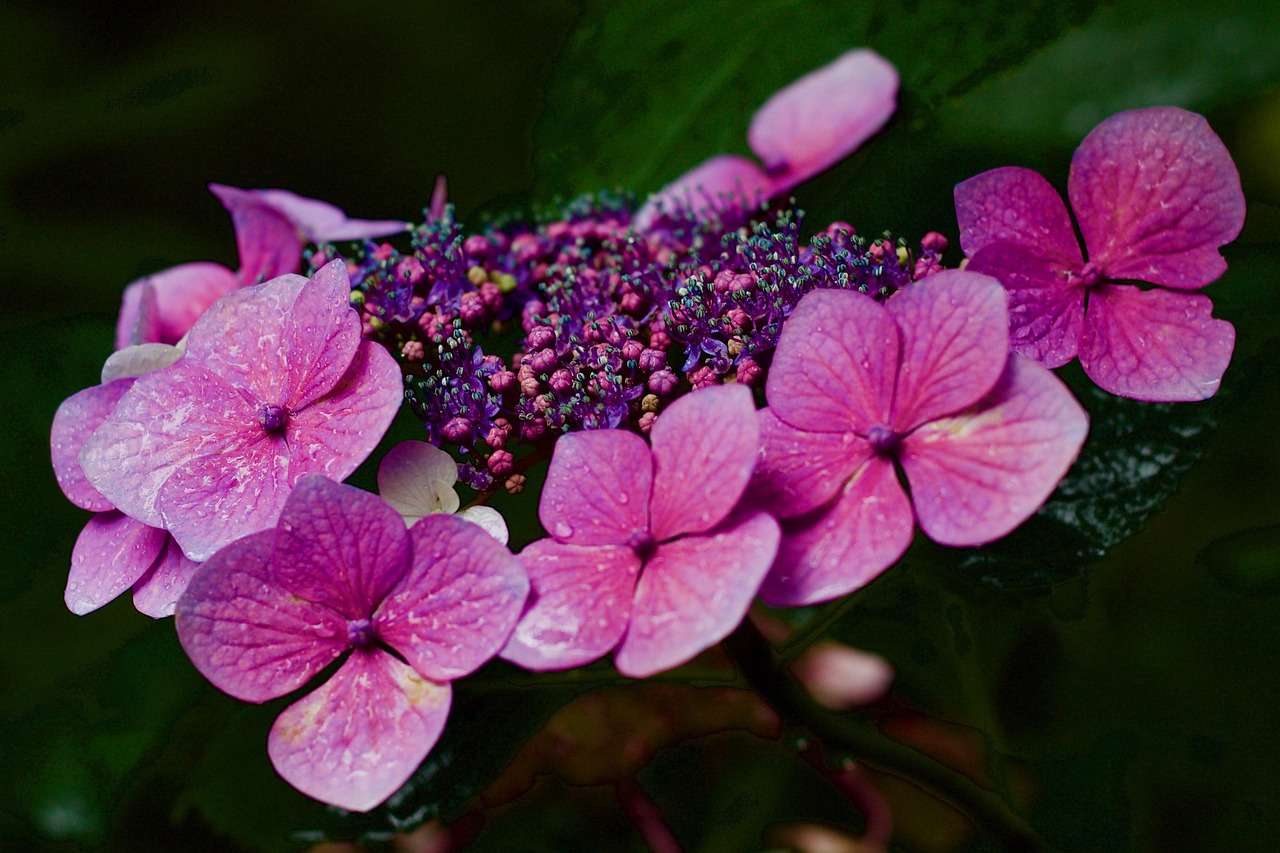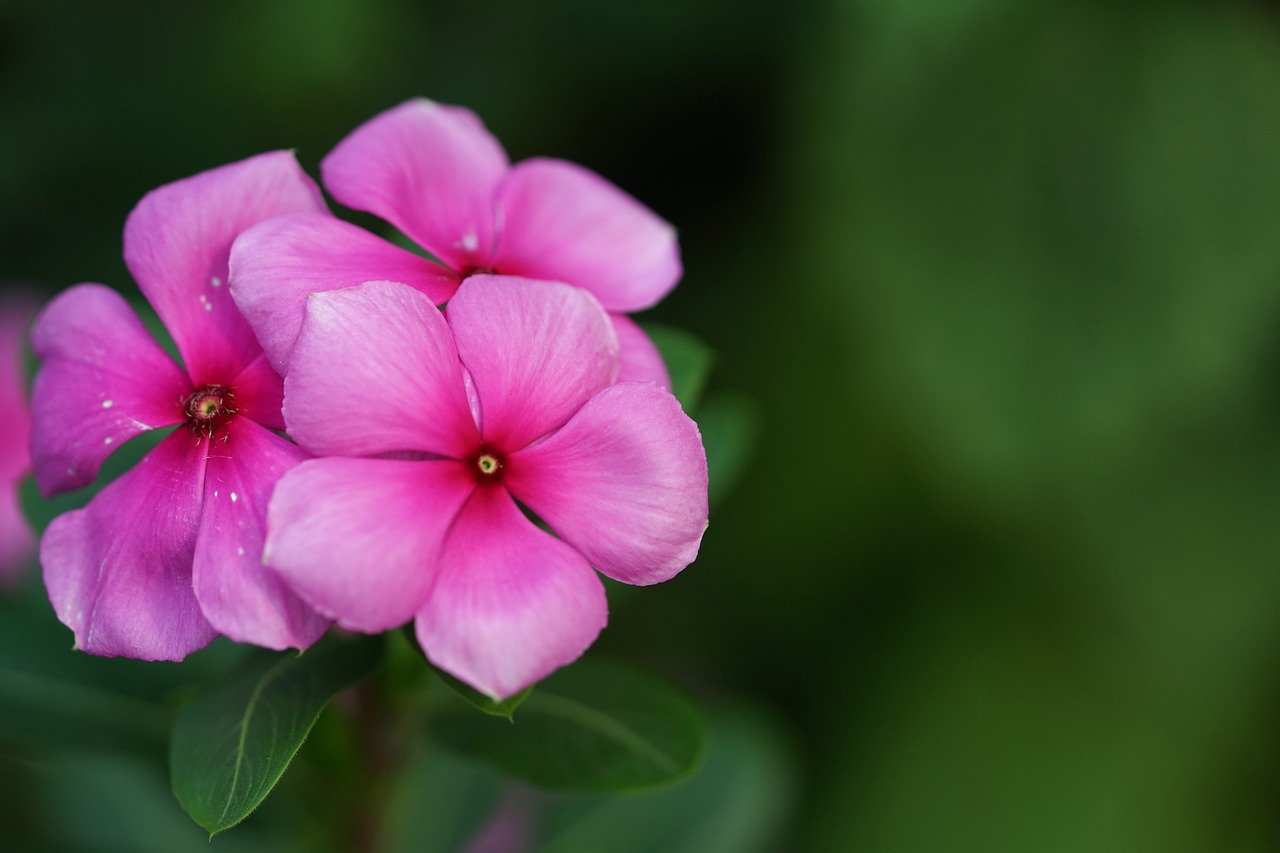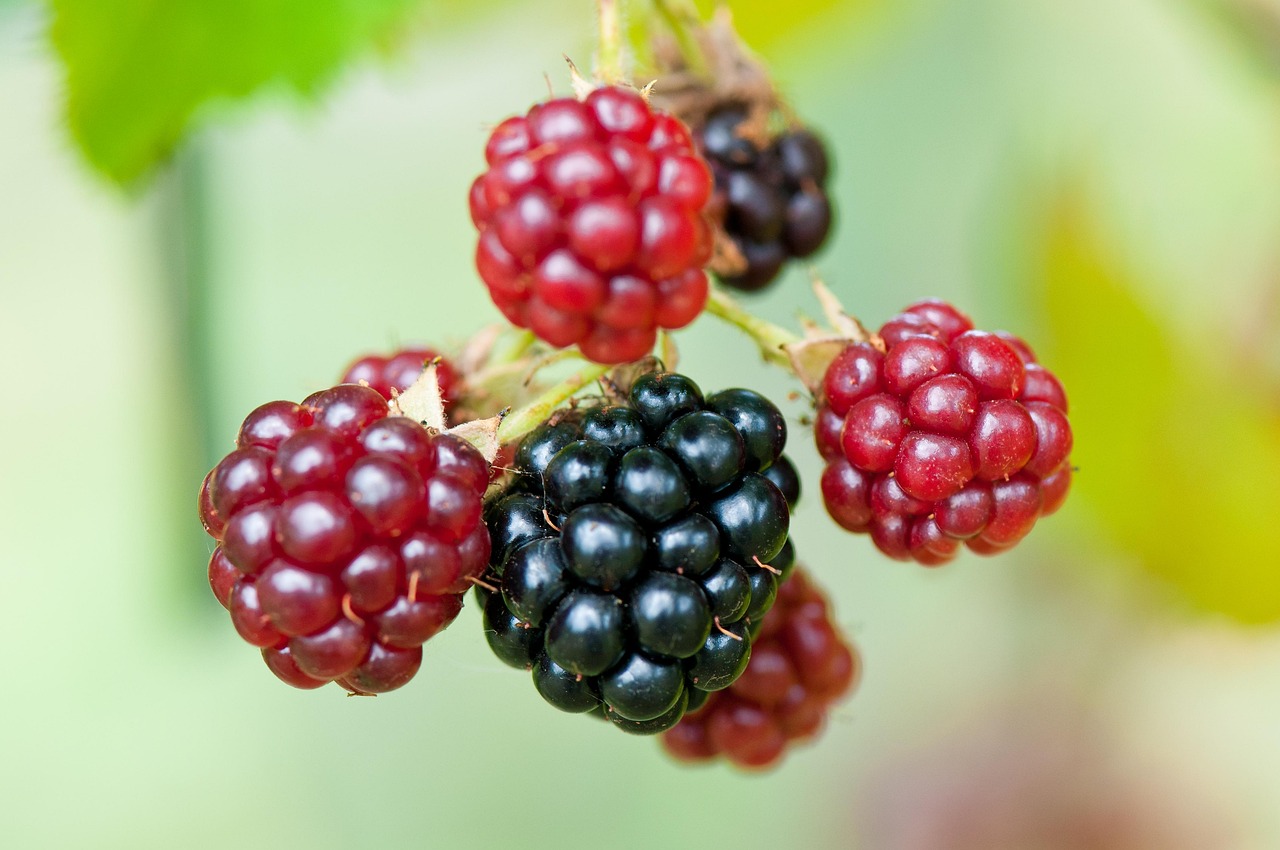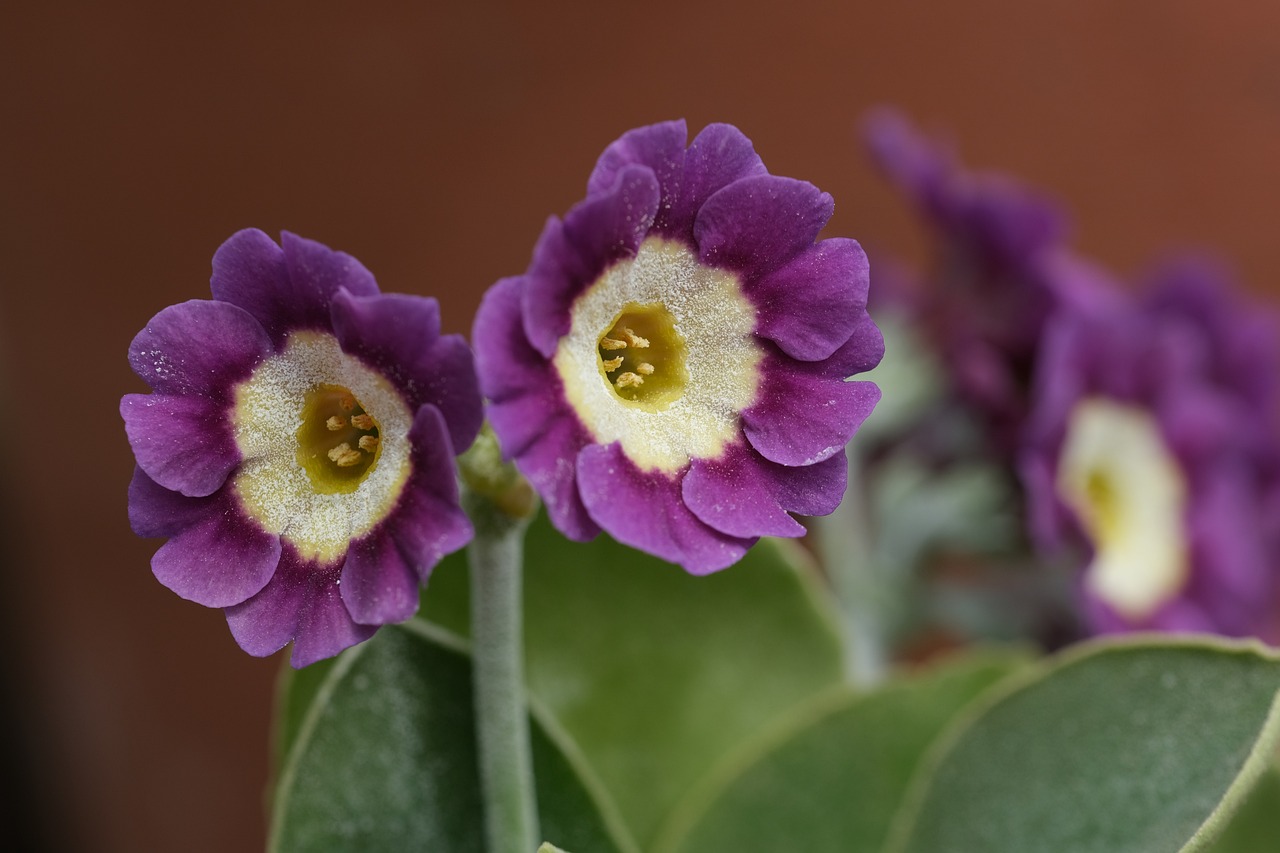Nepeta | The Blue Spikes that Fragrance European Gardens
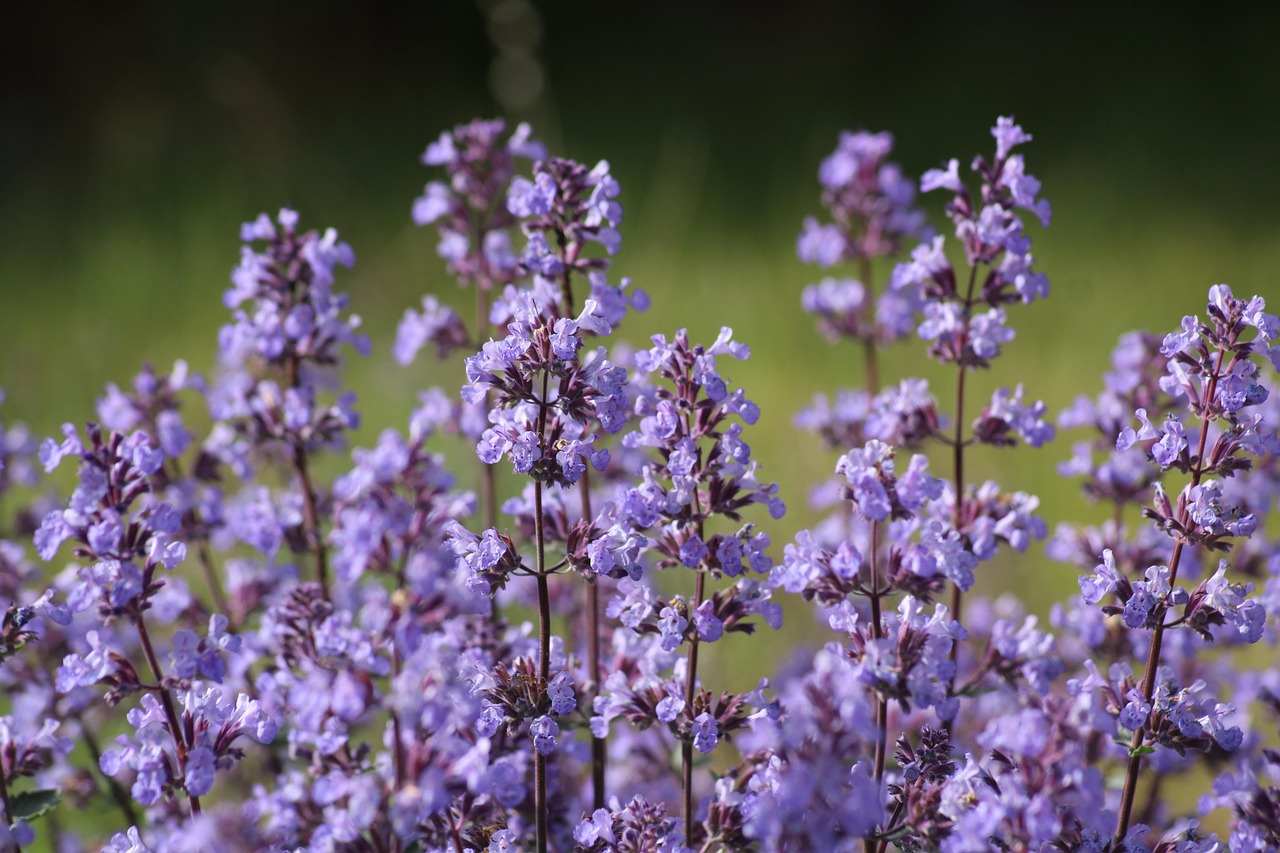
Nepeta is a perennial plant known for its purple to bluish flowers and refreshing fragrance. It is easy to care for and is popular as both an ornamental accent and ground cover in the garden.
In this article, I will explain in detail the basic information about Nepeta, its cultural and historical background, and the main points for cultivation.
Basic Information
- Scientific name: Nepeta × faassenii
- Family: Lamiaceae
- Origin: Mediterranean region (based on the origin of its parent species, as it is a hybrid)
- Appearance: Nepeta grows to a height of about 30–60 cm, forming low, spreading clumps. With its dense foliage, it produces small blue-purple or lavender-colored flowers. Its long blooming season, from spring to autumn, allows it to flower repeatedly. The leaves emit a light fragrance that adds a charming accent to the garden.
- Blooming period: May–October (reblooms with proper care)
Cultural Characteristics
Nepeta has been loved as a garden plant throughout Europe. In the United Kingdom, it is indispensable in cottage gardens and herb gardens.
Thanks to its graceful form and long flowering season, it is highly valued as a companion plant at the base of roses, adding a natural softness to the garden.
Because of its fragrant leaves, it is also cultivated as an aromatic garden plant or an ornamental herb.
In recent years, with the rising demand for sustainable gardens and drought-tolerant plants, Nepeta has gained popularity in gardening scenes in the United States and Australia as a low-maintenance choice.
Historical Background
The name “Nepeta” is said to derive from the Italian city of Nepete, where the plant had been cultivated since ancient times.
The modern Nepeta × faassenii was created by the Dutch horticulturist Faassen, and it became popular due to its vigor and abundant flowering.
From the 18th century onwards, Nepeta was planted in herb gardens and monastic gardens across Europe, where its fragrance and ornamental value became widely appreciated.
Because it was easy to grow, monks are said to have introduced it to other countries, leading to its spread across a wide area.
Gardening Advice
Nepeta is very easy to grow, making it suitable for beginners. By following the points below, you can cultivate it successfully.
Sunlight
Prefers full sun but also grows in partial shade. With sufficient sunlight, more flowers will bloom.
Watering
Drought-tolerant, so avoid overwatering. Water only when the soil is completely dry.
Soil
Prefers well-drained sandy soil. Thrives in acidic to neutral soil, but also grows well in alkaline conditions.
Fertilizer
Requires only a small amount. Apply a little slow-release fertilizer in spring.
Pruning
Lightly cut back after flowering to encourage reblooming. In late autumn, cut back to the base to ensure vigorous growth the following year.
Conclusion
Nepeta is a perennial plant distinguished by its vivid bluish-purple flowers and strong resilience, making it easy to grow even for beginners.
When cultivated in a sunny location with well-drained soil, it will provide long-lasting beauty from spring through autumn.


